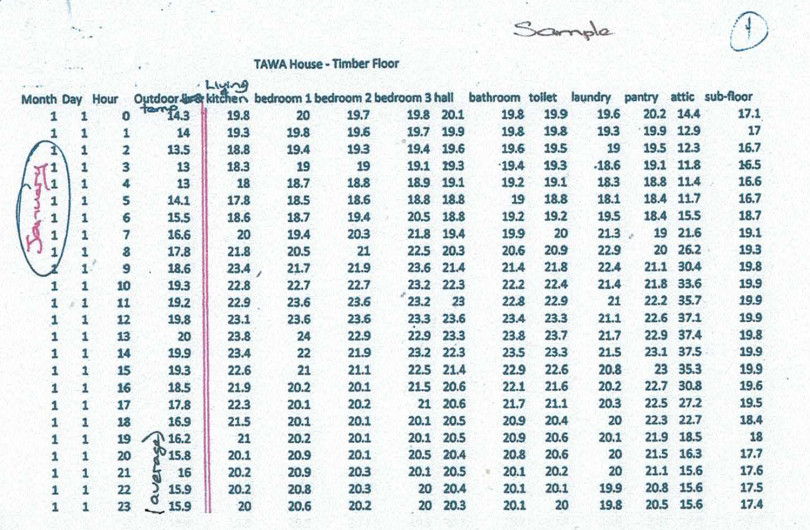Shipping & Logistics
1. Shipping & Logistics are our biggest hindrance to supply right now
The supply of construction materials to New Zealand is at the mercy of imported product. Even products manufactured in NZ have a high reliance on imported components that cannot feasibly be replaced by domestic product. It is clear from our survey that we have a logistics issue that drives the supply issue, and this is not simply a supply issue on its own.
A full 90% of construction products sold in New Zealand are either imported finished product or manufactured locally from imported components.
The position around supply is quite different for those who rely on imports vs. domestic product. 91% of those who rely on imports say they’re experiencing issues supplying the market, compared to just 58% for those wholly reliant on domestic supply.
The challenges surrounding imports are multi-faceted. They include:
- The cost of freight and insurance
- The availability of freight
- The lead times of freight – getting out of ports
- The delays at NZ ports
These issues are then exacerbated by increasing demand from the NZ market, effectively giving the construction industry a one-two punch to the stomach: constrained logistics cutting supply and increased demand spreading what supply we do have ever-thinner.
We asked businesses what issues they felt were impacting their ability to supply the market, their responses were dominated by freight and logistics issues.
The cost of materials from offshore is certainly an issue, but freight stands out as four in five of all companies are dealing with at least one issue in relation to freight. Companies are doing their best to respond, some of the initiatives they are trying specifically related to freight include:
| Maintaining higher stock levels | “We are currently buying larger quantities than before to bolster stock. Airfreighting where possible if demand is high and increasing our lead time expectations for custom orders.” |
|---|---|
| Increasing freight volumes | “We have committed to more regular shipments to maintain volumes of freight in transit.” |
| Building power in scale | “Coordinated purchases with other branches around the world, consolidating air freights and sea freights.” |
| Shifting shipping strategy | “We are looking at changing shipping lines we normally use and instead of FCL shipments doing more LCL shipments as it seems a little easier to book LCL. But LCL costs a lot more in freight!” |
| Airfreight where appropriate | “Larger investment in inventory, larger expenditure for air freight, longer planning lead times. Working closely with suppliers and freight providers to mitigate cost increases and delays.” |
| Increasing ordering lead times | “The issues with global logistics as a whole, has forced us to place orders 2-3 months earlier. The risk in doing so is increased pressure on cash flow and the possibility that freight arrives earlier than expected and we sit on excess stock.” |
The concern that becomes apparent in the supplier response to freight issues is that businesses are putting themselves in a riskier position. Higher stock holdings, more product on the water at any given time, and increased freight cost all impact cash flow. Alongside issues around staffing (where attracting good staff requires higher salaries) and other costs, this creates a risky situation. Business failures are a risk any time we see a boom in demand – both on the supply and demand side of the construction industry. We need to consider how suppliers can be supported not only with logistics but with cash flow through these global freight issues.























